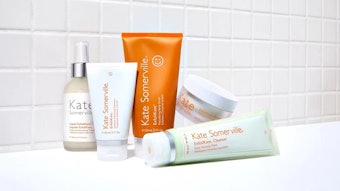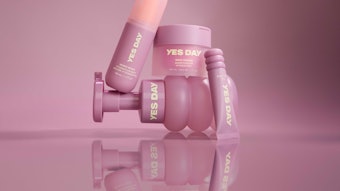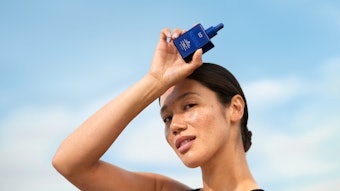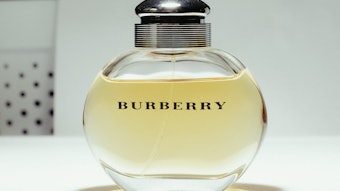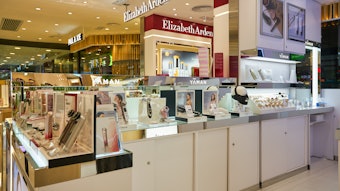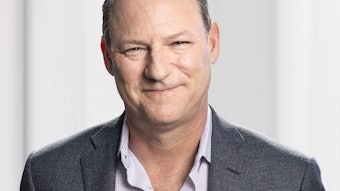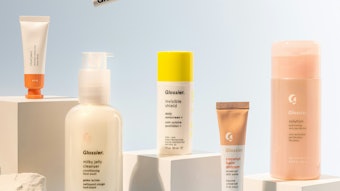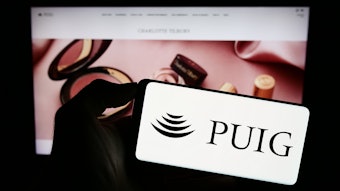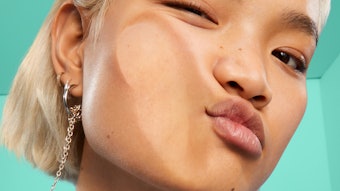The future of beauty is going digital, but where are the industry’s brands, suppliers, retailers and other members doing to move it ahead? In an analyst insight piece from senior U.S. research analyst Virginia Lee, Euromonitor International points out trends from the 2014 HBA Global Expo in New York that appear to be drivers in beauty’s online development.
In “HBA Global 2014 Recap: Beauty Goes Digital,” Lee writes, “Digital beauty was a big theme at the conference as speakers talked about how growth in e-commerce, digital products, and social media has impacted the beauty industry. Online beauty sales are outpacing the beauty industry according to Diane Miles, operating partner at TSG Consumer Partners. Data from Euromonitor International shows that sales of beauty and personal care through internet retailing grew by a 15% CAGR from 2008 to 2013. In contrast, total global beauty and personal care sales grew by just 4% in the same time period. Ms. Miles said that one in four beauty shoppers make beauty purchases online. Fifteen years ago, women purchased prestige beauty products from department stores in shopping malls and mass products from drugstores. Now, consumers have a wider range of options, including internet retailing, infomercials and home shopping, specialty retailers like Sephora, and subscription beauty boxes like Birchbox. Consumers are not just buying online but going online to obtain product information and compare prices. Avid beauty shoppers are also using smartphones and tablets to research beauty topics, sometimes even while they are in stores, a melding of modern and traditional shopping habits.”
Lee also shared details about the importance of visuals for online beauty interaction. “During the Beauty in the Digital Age panel, Robert Ricci, chief of digital strategy and social media strategy at Marina Maher Communications, spoke of how he loves digital because it is ‘immediate, visual, experiential, mobile and disruptive,’” she writes. “In terms of visual content, Robert said that ‘90% of information transmitted to the brain is image-based’ and that ‘pictures are processed 60,000 times faster in the brain than text.’ He called the Mink 3D printer ‘disruptive’ to the beauty industry.”
Lee goes on to discuss how particular beauty brands are addressing the digital landscape, noting, “Beauty companies are investing more time and money into social media as they begin to understand its ability to impact influencers. One of the leaders is Shiseido’s Nars Cosmetics division. Nars became the first cosmetics company to use Snapchat to introduce a collection in September 2013. The company previewed the Guy Bourdin limited-edition collection on the social media app where pictures disappear after ten seconds. Heather Park, director, digital media, Nars Cosmetics, talked about the importance of social media. She said that ‘social media supports the need for social interaction,’ ‘creates a virality effect,’ offers the ‘democratization of knowledge and information,’ and ‘transforms content consumers into content producers.’”
Lee also shared some of her thoughts on where the beauty industry is headed. “Online sales (via mobile devices) and social media (Snapchat ads) represent the future of the beauty industry,” she writes. “Smart phone penetration is high, particularly amongst the young and affluent. Targeting the young, who tend to be the most concerned with being fashion forward, with new technology such as Snapchat and Mink offers a new and more modern way to sell beauty products. Online sales of beauty and personal care products are expected to be strong in the years ahead with expected growth of 14% CAGR in constant value terms outpacing the 3% CAGR of total beauty and personal care. As online delivery times get shorter and smartphone penetration increases, internet retailing is expected to gain more consumers. Beauty companies are expected to continue investing more in social media at the expense of traditional print and television advertisements to reach young consumers who prefer to learn about brands from their peers than from ads.”
